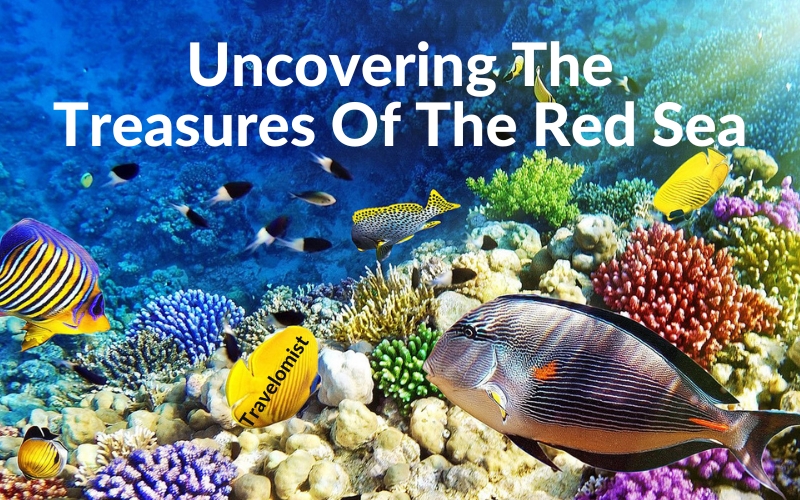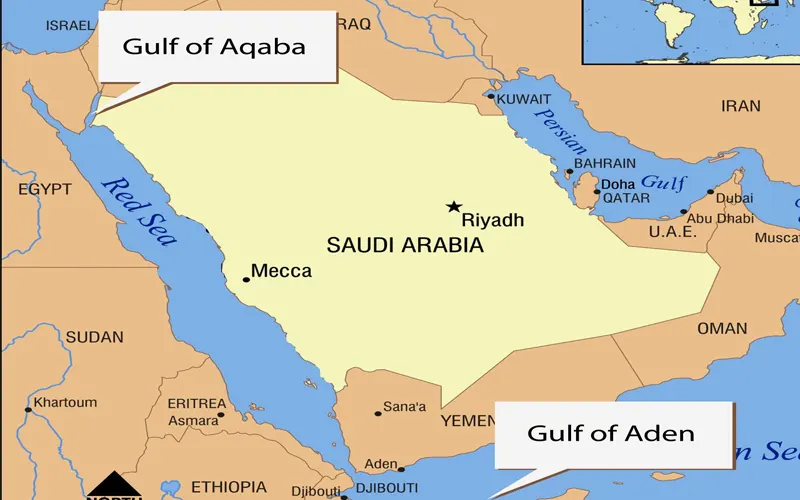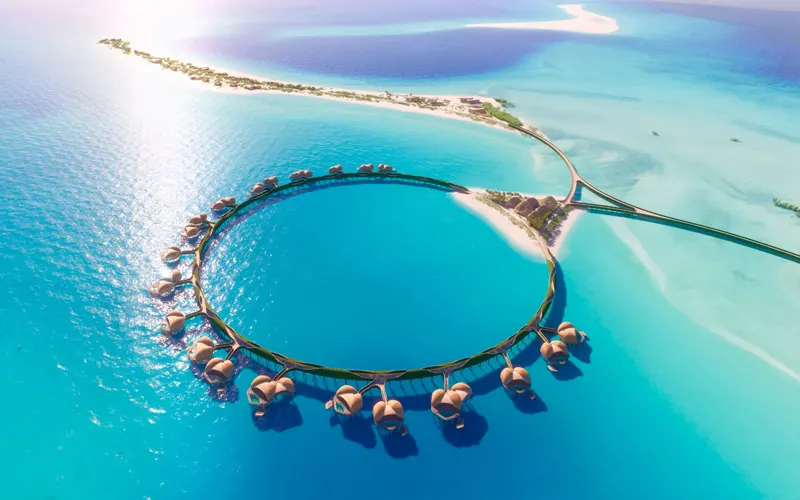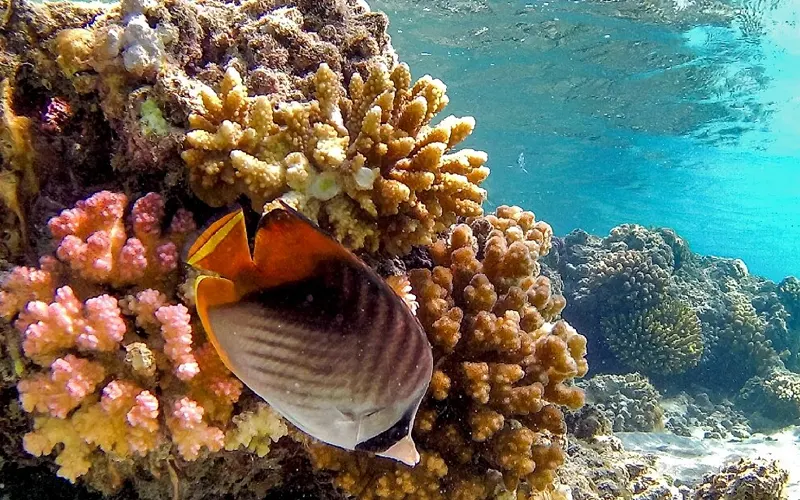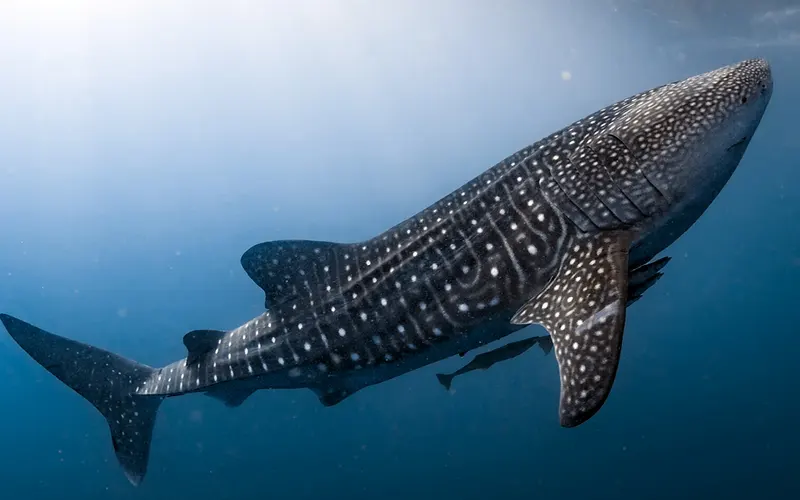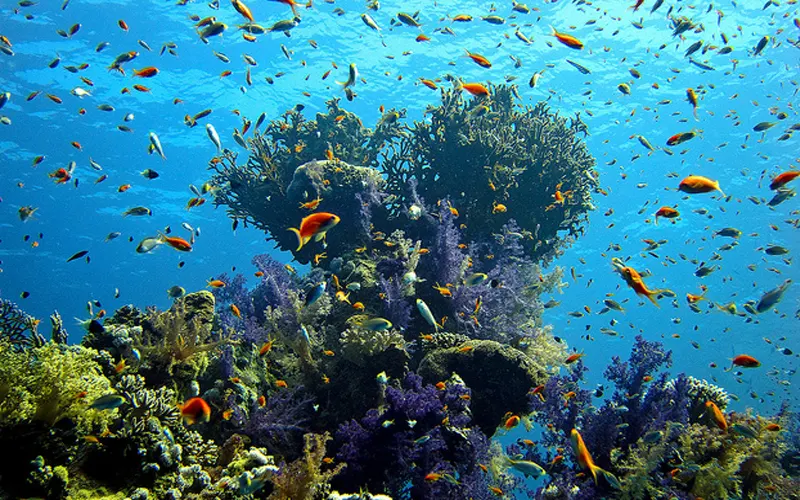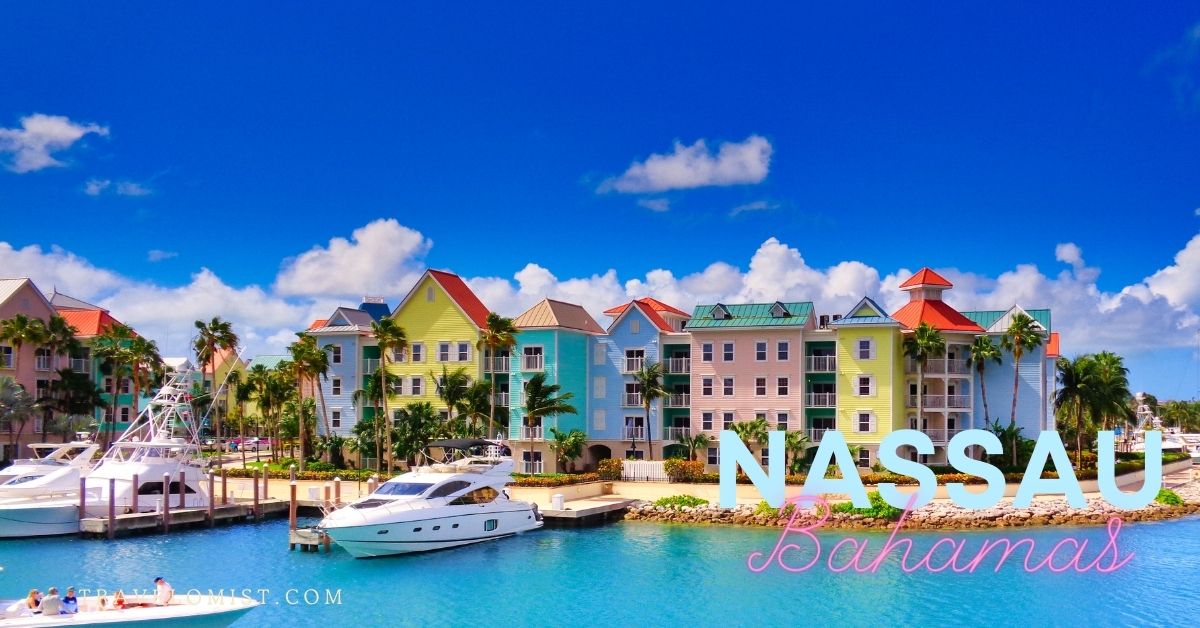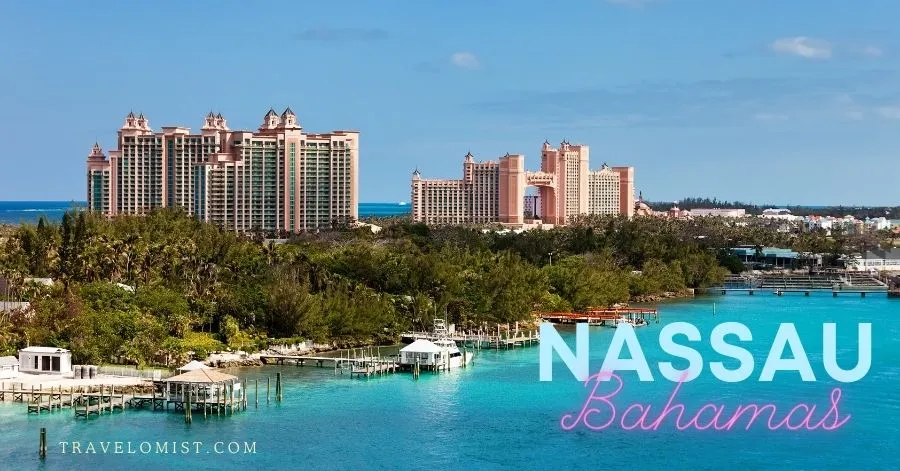The Red Sea is a remarkable body of water that is home to a diverse and fascinating array of marine life. With its warm waters, unique habitats, and breathtaking biodiversity, the Red Sea is a hub for marine biologists, conservationists, and tourists alike.
In this blog post, we’ll explore some fascinating facts about marine life in the Red Sea, from the amazing adaptations of its marine species to the threats facing its fragile ecosystem. Whether you’re a seasoned diver or just someone interested in the natural world, the Red Sea’s marine life is sure to capture your imagination. So, let’s dive in and discover what makes the Red Sea such a special and important part of our planet’s natural heritage.
Table of Contents
ToggleWhere Is The Red Sea Located?
The Red Sea is located in the Middle East, between the continents of Africa and Asia. It is an inlet of the Indian Ocean, extending northward from the Gulf of Aden and connecting to the Mediterranean Sea through the Suez Canal. The Red Sea is bordered by several countries, including Egypt, Sudan, Eritrea, Djibouti, Saudi Arabia, Yemen, and Jordan.
The Red Sea is an important waterway, serving as a major trade route between Europe, Asia, and Africa. It is also a popular tourist destination, with its clear waters, coral reefs, and diverse marine life attracting visitors from around the world. Despite its strategic and economic importance, the Red Sea is facing significant environmental threats, including overfishing, pollution, and coral bleaching due to climate change. As a result, conservation efforts are crucial to protect the Red Sea’s unique marine ecosystem for future generations to enjoy.
Red Sea Map
How Deep Is The Red Sea?
The Red Sea is a relatively shallow sea, with an average depth of around 490 feet (150 meters). Its maximum depth, however, is much deeper, reaching up to 7,254 feet (2,211 meters) at the central median trench. This trench runs down the center of the Red Sea, separating the African and Arabian plates. The trench is a part of the Red Sea Rift, a geologically active area where the two plates are moving apart and new oceanic crust is being formed.
The depth of the Red Sea plays an important role in shaping its marine ecosystem. The shallow waters near the coast support coral reefs, seagrass beds, and mangrove forests, which provide essential habitats for a wide range of marine species. The deeper waters of the central Red Sea, on the other hand, support unique deep-sea ecosystems that are adapted to the extreme pressures and low-light conditions found at these depths. Overall, the depth of the Red Sea contributes to its incredible biodiversity and makes it a fascinating area for marine biologists to study.
Why Is The Red Sea Called The Red Sea?
The origin of the name “Red Sea” is not entirely clear, and there are several theories about how it came to be called that. One theory suggests that the name is derived from the ancient Greek word “Erythra Thalassa,” which means “red sea.” The ancient Greeks used this name to refer to the Indian Ocean, which they believed was connected to the Red Sea. Over time, the name “Erythra Thalassa” began to be used specifically for the Red Sea.
Another theory suggests that the name “Red Sea” comes from the reddish color of the water in certain parts of the sea. This coloration is due to the presence of algae, plankton, or other organisms that can give the water a reddish tint, especially during certain times of the year. However, the water color in the Red Sea is not always red, and it can vary from blue to green, depending on the location and time of day.
Regardless of the origin of its name, the Red Sea is a unique and important body of water that has played a significant role in human history and continues to be a vital part of the global ecosystem today.
Biodiversity In The Red Sea
The Red Sea is home to one of the most unique and diverse marine ecosystems in the world. The combination of warm waters, high salinity levels, and unique geology has led to the evolution of many endemic species found nowhere else on earth. In fact, it’s estimated that up to 20% of the marine species found in the Red Sea are endemic.
The Red Sea is also incredibly biodiverse, with over 1,200 species of fish and over 1,000 species of invertebrates recorded to date. These include a wide range of coral species, crustaceans, mollusks, and other marine animals that have adapted to the unique conditions found in the Red Sea.
One of the most iconic features of the Red Sea’s marine ecosystem is its coral reefs. The Red Sea is home to some of the most spectacular coral reefs in the world, with over 200 species of hard and soft corals found here. These reefs provide essential habitats for a wide range of marine species, including fish, invertebrates, and even marine mammals like dolphins and dugongs.
Other unique features of the Red Sea’s marine ecosystem include its extensive seagrass beds and mangrove forests, which provide important nursery habitats for many species of fish and invertebrates. The deep-sea ecosystems found in the central Red Sea are also of great interest to scientists, as they are home to a range of unique and poorly understood species that are adapted to the extreme pressures and low-light conditions found at these depths.
Overall, the Red Sea’s unique marine ecosystem is a testament to the power of evolution and adaptation, and it continues to be an area of great interest and importance for scientists, conservationists, and nature enthusiasts alike.
Extreme Environments In The Red Sea
The Red Sea is known for its warm waters, with average temperatures ranging from 26 to 30 degrees Celsius (79 to 86 degrees Fahrenheit) throughout the year. These warm waters can have both positive and negative effects on marine life. On the one hand, they create a favorable environment for many species of fish and invertebrates that thrive in tropical conditions. However, the warm waters can also lead to increased stress on certain species, particularly those that are adapted to cooler waters.
In addition to warm water temperatures, the Red Sea is also characterized by high salinity levels. The average salinity of the Red Sea is around 40 parts per thousand, which is significantly higher than the global average of 35 parts per thousand. This high salinity can make it challenging for some marine species to survive, but it has also led to the evolution of unique adaptations in many Red Sea organisms. For example, some fish species have evolved specialized kidneys that allow them to excrete excess salt from their bodies, while certain invertebrates have developed unique methods of osmoregulation to maintain proper water balance.
The Red Sea is also unique in terms of its water pressure, particularly in the deep-sea environments found in the central part of the sea. Here, the water pressure can reach depths of up to 2,000 meters (6,600 feet), creating an extreme environment that few species can survive in. However, some species have evolved unique adaptations to these high-pressure environments, such as specialized enzymes that allow them to function under extreme conditions.
Overall, the extreme environments found in the Red Sea have led to the evolution of many unique and fascinating adaptations in marine life. By studying these adaptations, scientists can gain a better understanding of how organisms can adapt and thrive in challenging environments, which has important implications for conservation and the management of marine ecosystems.
Iconic Marine Species In The Red Sea
The Red Sea is home to many iconic and interesting marine species, some of which have become famous around the world due to their unique characteristics and adaptations. Here are a few examples:
Dugong – The dugong is a large marine mammal that is often called the “sea cow” due to its grazing habits. These gentle creatures can grow up to 3 meters (10 feet) in length and weigh up to 400 kg (880 pounds). Dugongs are found throughout the Red Sea and are particularly common in shallow waters near seagrass beds.
Fun fact: Dugongs are the only herbivorous marine mammals and can eat up to 40 kg (88 pounds) of seagrass per day.
Whale Shark – The whale shark is the largest fish in the world, reaching lengths of up to 12 meters (40 feet). Despite their massive size, these gentle giants feed on small planktonic organisms and pose no threat to humans. Whale sharks can be found in the Red Sea year-round, with sightings particularly common off the coast of Saudi Arabia.
Fun fact: Despite their name, whale sharks are not whales but rather a species of shark. They have a lifespan of up to 70 years.
Clownfish – The clownfish is a small, brightly colored fish that has become famous around the world thanks to the Disney movie “Finding Nemo”. These fish are found throughout the Red Sea and are particularly common on coral reefs.
Fun fact: Clownfish are able to change their sex in response to changes in their environment. When the dominant female dies, the largest male in the group will become female and take her place.
Overall, the Red Sea is home to many fascinating and unique marine species that have captured the imagination of people around the world. By studying these species and their adaptations, scientists can gain a better understanding of the complex interactions that take place in marine ecosystems, which is essential for conservation and sustainable management.
Threats To Marine Life In The Red Sea
Despite the incredible biodiversity and unique marine ecosystem found in the Red Sea, it is not immune to the many threats that face marine environments around the world. Here are some of the major threats to marine life in the Red Sea:
Overfishing – The Red Sea supports a large and growing fishing industry, which can put significant pressure on fish populations. Overfishing can lead to declines in the populations of important commercial and recreational species, and can also have cascading effects on the broader marine ecosystem.
Habitat destruction – Human activities such as coastal development, dredging, and construction can all lead to the destruction and degradation of important marine habitats such as coral reefs and seagrass beds. These habitats are essential for many species of fish and invertebrates, and their destruction can have far-reaching effects on the broader ecosystem.
Climate change – Rising sea temperatures and ocean acidification, both of which are driven by climate change, can have significant impacts on the health of the Red Sea’s marine ecosystem. Coral reefs, in particular, are vulnerable to the effects of climate change, as warmer waters can lead to coral bleaching and even death.
Pollution – Marine pollution from sources such as plastics, oil spills, and agricultural runoff can have serious impacts on marine life in the Red Sea. Plastic debris, for example, can be ingested by marine animals and can cause injury or death, while oil spills can have long-lasting impacts on marine habitats and the species that depend on them.
These threats to marine life in the Red Sea are not unique to this region, and they highlight the importance of conservation and sustainable management practices to protect and preserve our oceans for future generations.
Conservation Efforts In The Red Sea
Conservation efforts in the Red Sea are diverse and encompass many different approaches, such as the establishment of marine protected areas (MPAs), sustainable fishing practices, and coral reef restoration projects.
MPAs are areas that limit or prohibit activities such as fishing, boating, and other activities that could harm the marine ecosystem. In the Red Sea, several MPAs have been established, such as the Farasan Islands Marine Protected Area in Saudi Arabia.
Sustainable fishing practices are also being adopted in many fishing communities in the Red Sea. These practices can include using selective fishing gear, limiting fishing effort, and reducing bycatch. These efforts help to ensure that fish populations remain healthy and can continue to support local communities for generations to come.
Coral reef restoration is another important conservation effort in the Red Sea. Coral reefs are a critically important habitat in the region, providing shelter and food for a vast array of marine life. However, they are also threatened by climate change and other human activities. Restoration efforts involve growing and transplanting coral fragments to damaged reefs, which can help to rebuild these vital habitats and support the species that depend on them.
Overall, these conservation efforts are essential for ensuring the long-term health and survival of the Red Sea’s unique and valuable marine ecosystem.
Conclusion
In conclusion, the Red Sea is a remarkable and unique ecosystem with a vast array of marine life that is found nowhere else on Earth. With its warm waters, high salinity, and extreme environments, the Red Sea supports a diverse and fascinating community of organisms, from colorful coral reefs to iconic marine species such as dugongs and whale sharks.
However, the Red Sea’s marine life faces significant threats from human activities, such as overfishing, habitat destruction, and climate change. Fortunately, there are many conservation efforts underway to protect and conserve the Red Sea’s marine ecosystem, such as marine protected areas, sustainable fishing practices, and coral reef restoration projects.
It is crucial that we continue to prioritize the protection and conservation of the Red Sea’s marine life to ensure its survival for future generations to enjoy and learn from. By working together and taking proactive steps to protect this precious ecosystem, we can help to ensure that the Red Sea’s unique and valuable marine life will continue to thrive for years to come.

